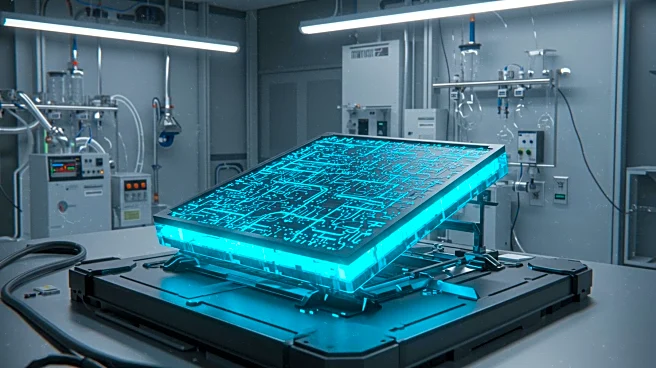What's Happening?
Microsoft is ending support for Windows 10 on October 14, transitioning users to Windows 11. This change means Windows 10 users will no longer receive bug fixes, tech support, or security updates. While upgrading to Windows 11 is possible, many devices do not meet the technical requirements. Users can check compatibility through Windows Update settings or refer to Microsoft's system requirements. Options for those unable to upgrade include purchasing extended security updates, switching to alternative operating systems like Linux, or using cloud services like Windows 365.
Why It's Important?
The end of support for Windows 10 is significant as it affects millions of users who rely on the operating system for daily tasks. Without updates, these systems become vulnerable to security risks, potentially impacting personal and business data security. Users must decide whether to upgrade their hardware, pay for extended security updates, or switch to alternative systems, each option carrying different costs and implications. This transition highlights the importance of keeping technology up-to-date to ensure security and functionality.
What's Next?
As the deadline approaches, users will need to make decisions regarding their operating systems. Microsoft will offer extended security updates for a fee, primarily targeting businesses and institutions. Users may also explore alternative operating systems or cloud solutions to maintain security and functionality. The transition may lead to increased sales of new devices compatible with Windows 11, impacting the tech market.











